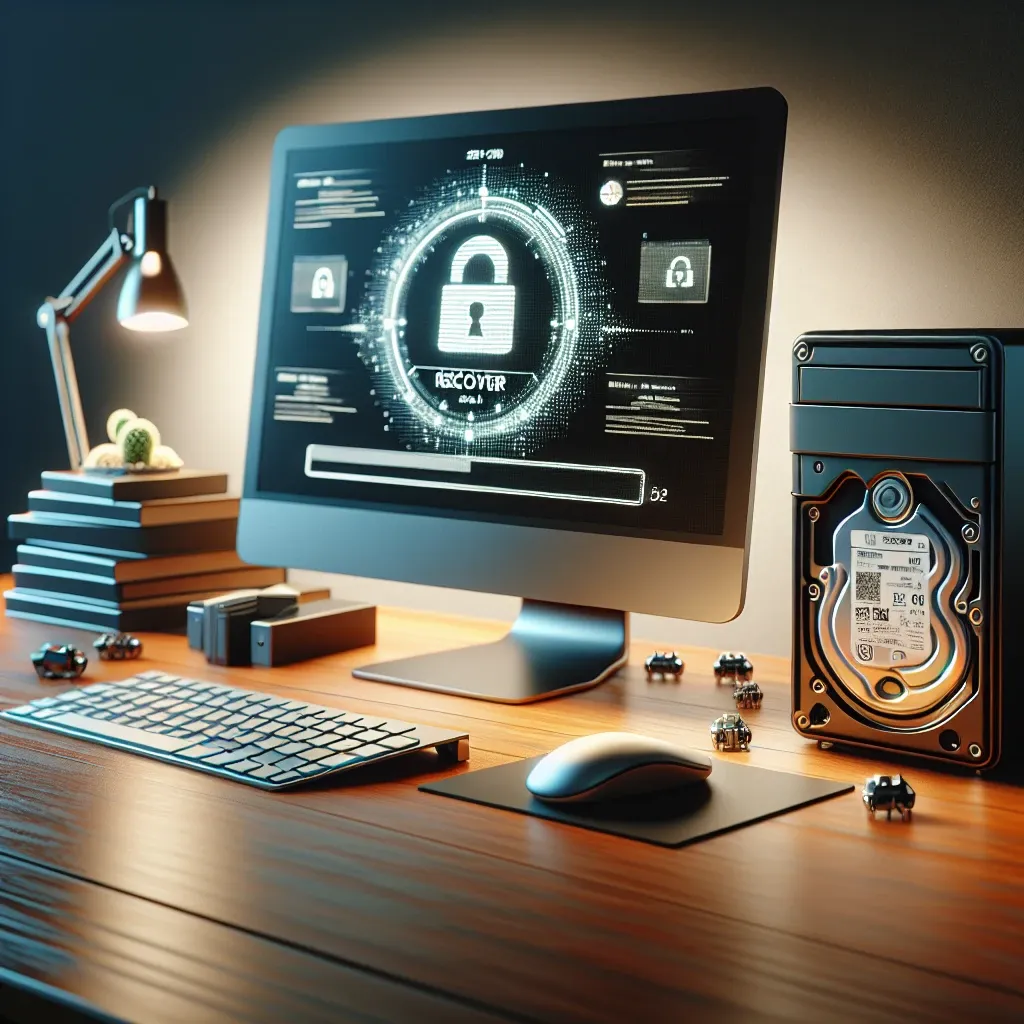How to Recover Files from a BitLocker-encrypted Drive: A Comprehensive Guide
Understanding BitLocker Drive Encryption
BitLocker is Microsoft’s built-in encryption feature that provides data protection for Windows users. While it offers excellent security, situations may arise where you need to recover files from a BitLocker-encrypted drive. This comprehensive guide will walk you through various recovery methods and solutions.
Common Scenarios Requiring BitLocker Recovery
- Forgotten BitLocker password or PIN
- Lost recovery key
- Hardware malfunction
- Operating system corruption
- Drive transfer between computers
Method 1: Using the BitLocker Recovery Key
The most straightforward approach to regaining access to your encrypted drive is using the BitLocker recovery key.
Finding Your Recovery Key
- Check your Microsoft Account online
- Look for a saved copy in your organization’s Azure AD
- Locate the printed recovery key document
- Search for a saved text file on your computer or USB drive
Recovery Process Steps
1. Connect the encrypted drive to your computer
2. When prompted, click “More options” and select “Enter recovery key”
3. Input the 48-digit recovery key
4. Access your files once the drive is unlocked
Method 2: Using Password/PIN
If you remember your password or PIN, this method is the simplest way to recover your files:
- Connect the encrypted drive to your computer
- Enter your password or PIN when prompted
- Access your files normally once authentication is successful
Method 3: Recovery Through Group Policy
For enterprise environments, IT administrators can use Group Policy to manage BitLocker recovery:
- Access Group Policy Management Console
- Navigate to BitLocker Drive Encryption settings
- Locate the recovery password
- Use the password to unlock the drive
Alternative Recovery Solutions
Using Command Prompt
Advanced users can utilize Command Prompt for recovery:
- Open Command Prompt as administrator
- Use manage-bde commands to view encryption status
- Unlock the drive using recovery key or password
Third-Party Recovery Tools
When standard methods fail, consider specialized recovery software:
- Password recovery tools
- Data recovery applications
- Forensic software solutions
Preventive Measures for Future Reference
To avoid future recovery issues, implement these best practices:
- Save your recovery key in multiple secure locations
- Back up important files regularly
- Document your BitLocker passwords and PINs securely
- Store recovery information in your organization’s management system
- Consider cloud backup solutions
What to Do If Recovery Fails
If all recovery methods fail, consider these options:
- Contact Microsoft Support for assistance
- Consult with IT professionals specializing in data recovery
- Use professional data recovery services
- Check if your organization’s IT department can help
Important Considerations and Tips
Keep these crucial points in mind during the recovery process:
- Never attempt to force-decrypt the drive as it may cause data loss
- Create a backup of the encrypted drive before recovery attempts
- Verify the integrity of recovered files
- Consider the legal implications of recovery methods
- Maintain system stability during the recovery process
Conclusion
Recovering files from a BitLocker-encrypted drive requires careful attention to detail and following the proper procedures. While the process may seem daunting, using the correct recovery method for your situation will help ensure successful file recovery. Remember to implement preventive measures to avoid future recovery scenarios and always maintain proper backup procedures for your important data.

